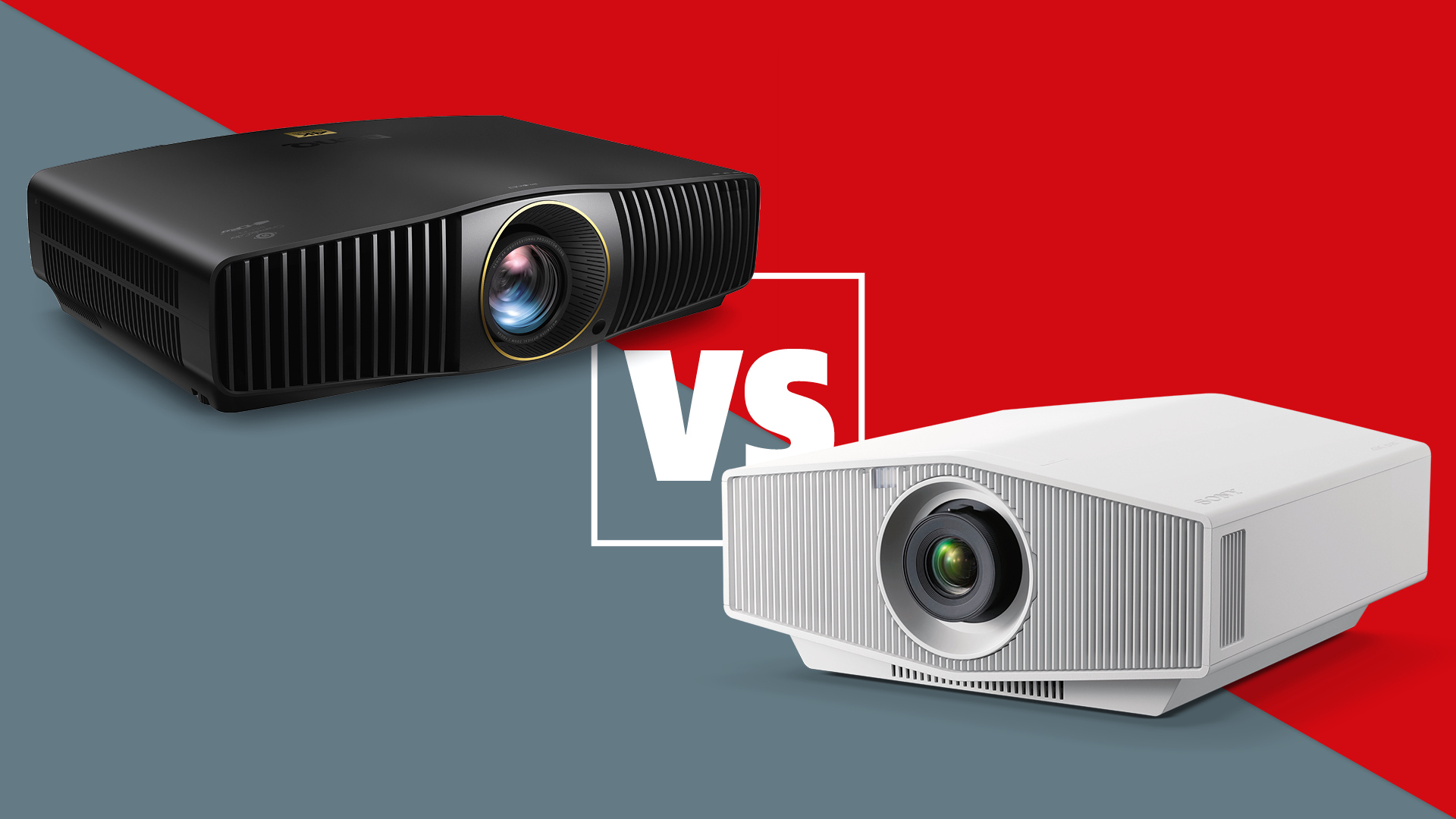Bluesound Node Icon vs Cambridge Audio CXN100: which premium five-star streamer reigns supreme?
Two GOATs of the music streamer world share the battlefield once more

Streaming: AirPlay 2, Spotify, Tidal & Qobuz Connect, Amazon Music, Internet Radio, Roon Ready, Dirac Live Ready, wi-fi/Ethernet
Inputs: RCA, optical, HDMI eARC, USB-C, USB-A, aptX Adaptive Bluetooth
Outputs: XLR, RCA, coaxial, optical, sub, 2 x 6.3mm headphone
Max file resolution: 24-bit/192kHz PCM, DSD256, MQA
Bluesound’s ambition to reach higher up the streamer market pays off – its flagship Node Icon is the most entertaining and flexible option at this price
Pros
- Sets a new benchmark for musical engagement at this price
- Class-leading physical connectivity
- Lovely tactile half-width design
- Optional Dirac room correction
Cons
- No Google Cast support

Streaming: AirPlay 2, Google Cast, Spotify, Tidal & Qobuz Connect, UPnP, Internet Radio, Roon Ready
Inputs: RCA, optical, USB Type-B, USB-A, aptX HD Bluetooth
Outputs: XLR, RCA, coaxial, optical
Max file resolution: 32-bit/768kHz PCM, DSD512, MQA
Cambridge Audio’s latest premium streamer shows the brand’s experience and expertise in the field – but it has finally met its match in the new Bluesound
Pros
- Big, spacious, detailed and attacking sound
- Class-leading streaming and file support
- Sleek, elegant full-width chassis
Cons
- No HDMI or headphone connectivity
- Beaten for outright musicality
This race has already been run. When the Bluesound Node Icon arrived in the What Hi-Fi? test rooms, it went up against the established five-star Cambridge Audio CXN100 and came away from that head-to-head victorious, winning the 2025 What Hi-Fi? Award for the ‘Best music streamer £750-£1000’.
But while that spoiler somewhat gives away which has the performance edge and is our expert reviews team’s preference of the two premium streamers, it doesn’t tell the whole story of how these excellent machines compare – nor does it necessarily determine which one you should favour.
After all, one may have more suitable connectivity for your setup, one sonic character may suit your system components more than the other.
Below, our expert reviews team have put the two literally side by side to directly compare their build, features, sound, user experience and price, to help you make an informed choice over which premium streamer, if either, is right for you. Off we go…
Price
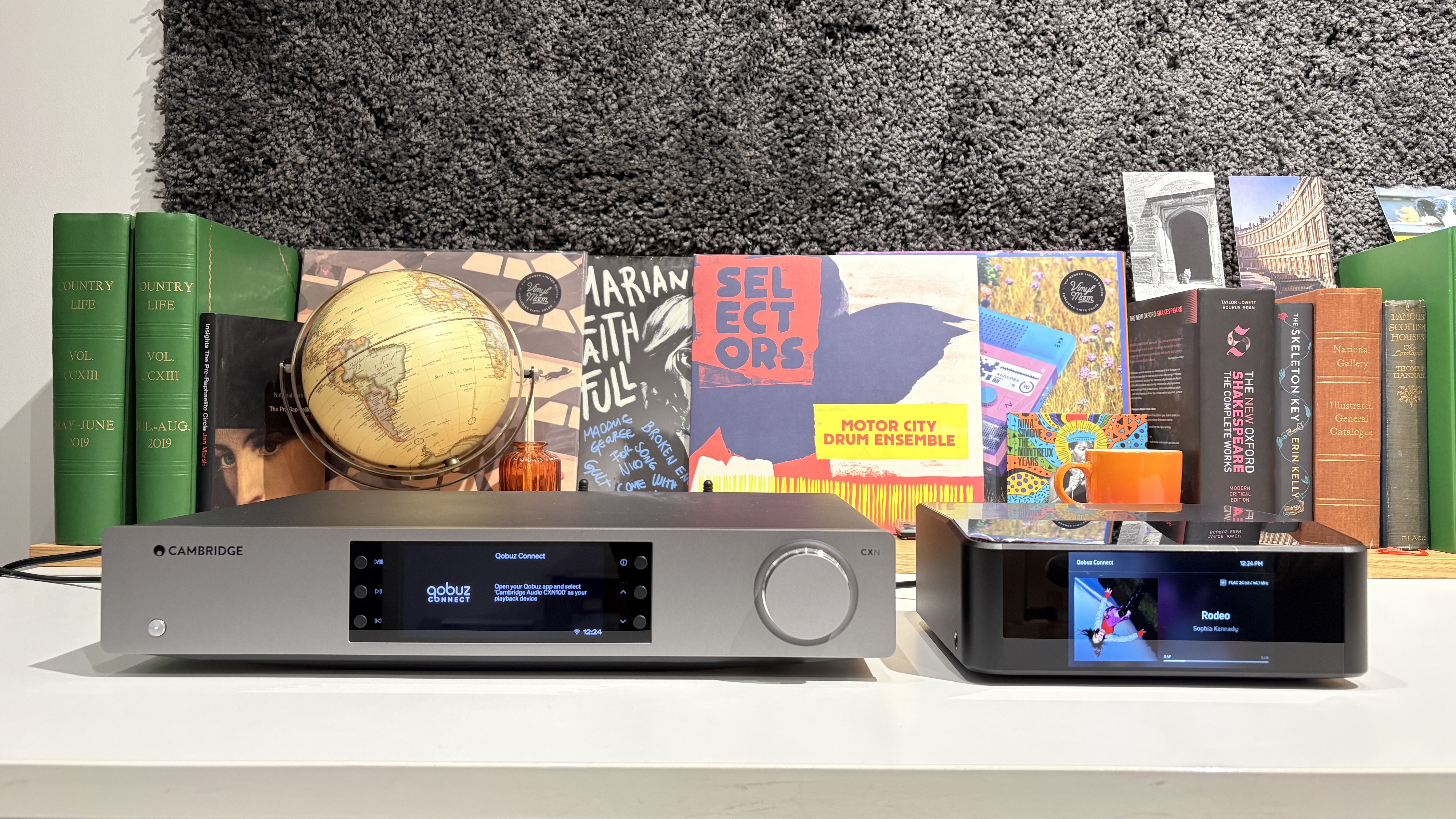
Bluesound streamers have traditionally occupied the entry-level end of the market, its original (and following generations of) Node having been the core model in the Canadian company’s range for a decade now, priced around and below the £400/$500/AU$1000 mark.
The Node Icon sees Bluesound reach higher up the market, where fellow streamer stalwart Cambridge Audio has, in contrast, years of experience. The new flagship costs £899 / $1199 / AU$1949, making its natural rival Cambridge Audio’s similarly priced CXN100 (£899 / $1049 / AU$1899).
While many five-star streamers sit on either side of this price level, as featured in our best music streamers buying guide, not much at it has genuinely impressed besides the Cambridge and Bluesound. We are also big fans of the Lindemann Limetree Bridge II (£875 / $1350 / AU$1495), but unlike the two streamers in the spotlight here, it doesn’t integrate a DAC and is therefore considered a ‘streaming transport’.
The latest hi-fi, home cinema and tech news, reviews, buying advice and deals, direct to your inbox.
**Winner: Draw**
Features & connectivity
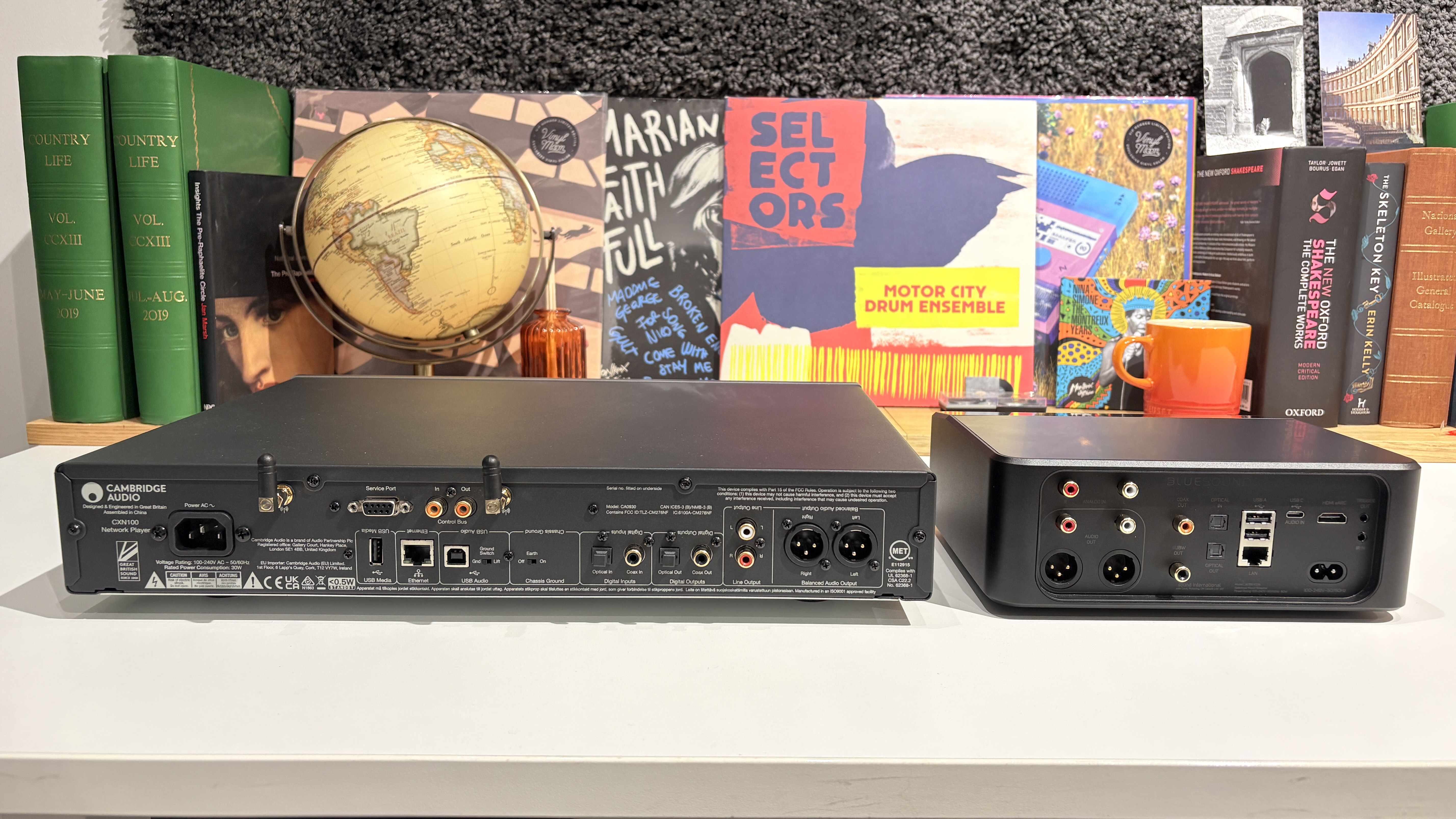
With DACs on board, both the Bluesound Icon Node and Cambridge Audio CXN100 are fully fledged music streamers that can connect to any stereo amplifier (digital or analogue) or active speaker via their wealth of outputs.
The Bluesound has the full output suite – coaxial, optical, RCA, XLR, sub and even two 6.3mm headphone sockets – plus an HDMI eARC for connecting the unit to a TV. If you wanted to connect a CD player, laptop or other audio device to the Node Icon, you can do so thanks to its RCA, optical, USB-A and USB-C inputs.
As far as its built-in streaming savviness goes, the Bluesound runs on the excellent BluOS platform, which is a comprehensive and easy to navigate gateway to all the streaming service and internet radio apps one would expect. It also supports AirPlay 2, aptX Adaptive Bluetooth and Tidal Connect, Qobuz Connect, Spotify Connect, with the only real notable omission being Google Cast.
The Cambridge Audio streamer, meanwhile, is almost as well furnished for physical connections. It just swaps the Bluesound’s USB-C port for a USB Type-B one, and forgoes its rival’s HDMI and RCA inputs and subwoofer and headphone outputs.
Its streaming skills are certainly a match for the Node Icon’s, though, and even extend to Google Cast. Both machines are Roon Ready.
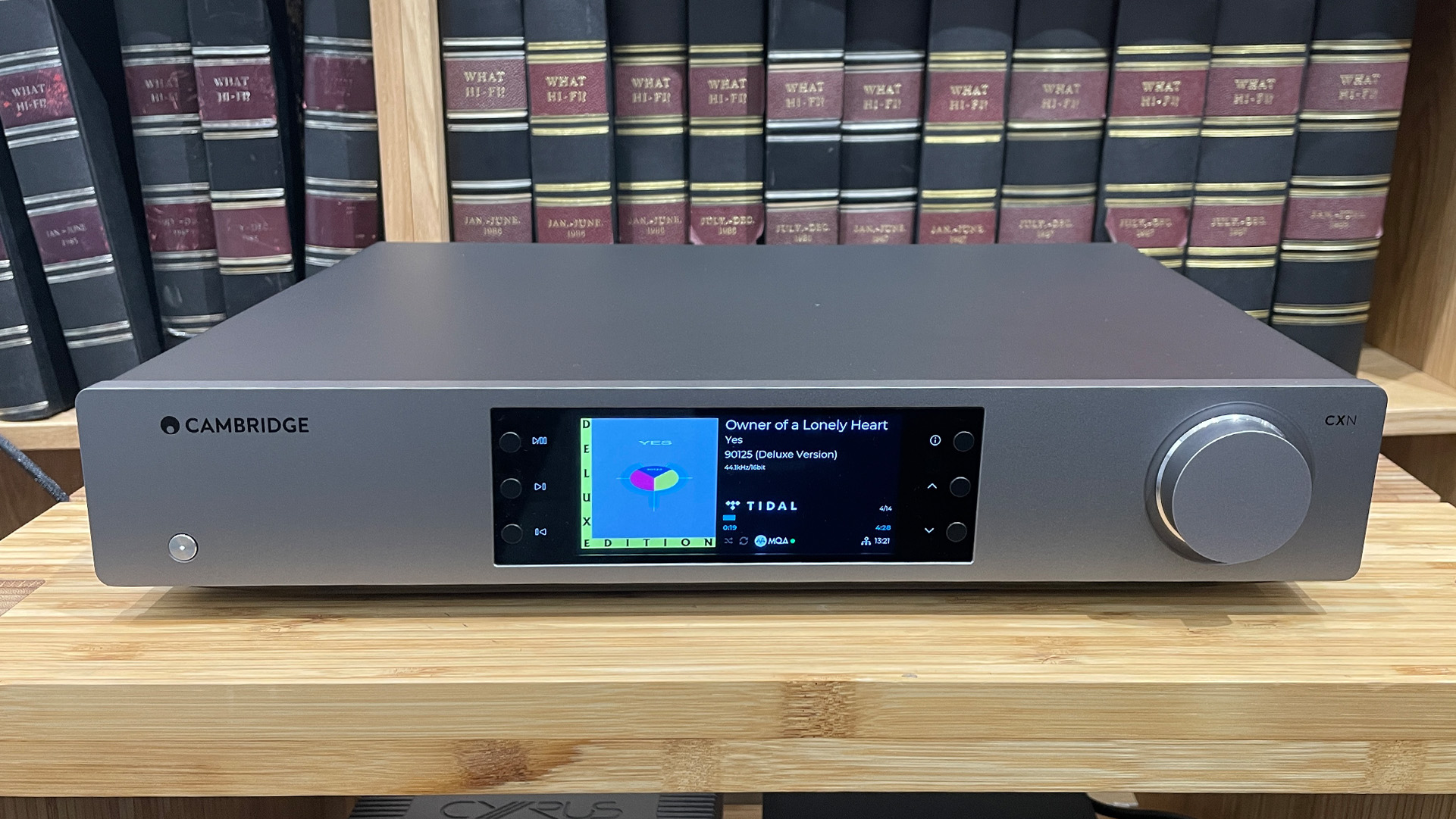
While the high-resolution audio file support of the Bluesound’s twin ESS Sabre ES9039Q2M DAC chips caps out at 24-bit/192kHz PCM, DSD256 and MQA, the Cambridge’s ESS ES9028Q2M DAC can handle 32-bit/768kHz PCM, DSD512 and MQA. Both limits should be fine for most people, though anyone with particularly high-quality (and indeed niche) DSD and PCM files will naturally be better served by the Cambridge.
Besides connectivity and streaming, the Node Icon packs an extra feature that could be a real bonus for those whose listening rooms have serious acoustic issues: Dirac Live support. The room-correction software is designed to optimise the Bluesound’s performance to a listening space, although you will need to purchase separately the calibration kit (comprising a high-sensitivity microphone and USB adapter) and a Dirac license to make it all work.
**Winner: Bluesound Node Icon**
Build & design
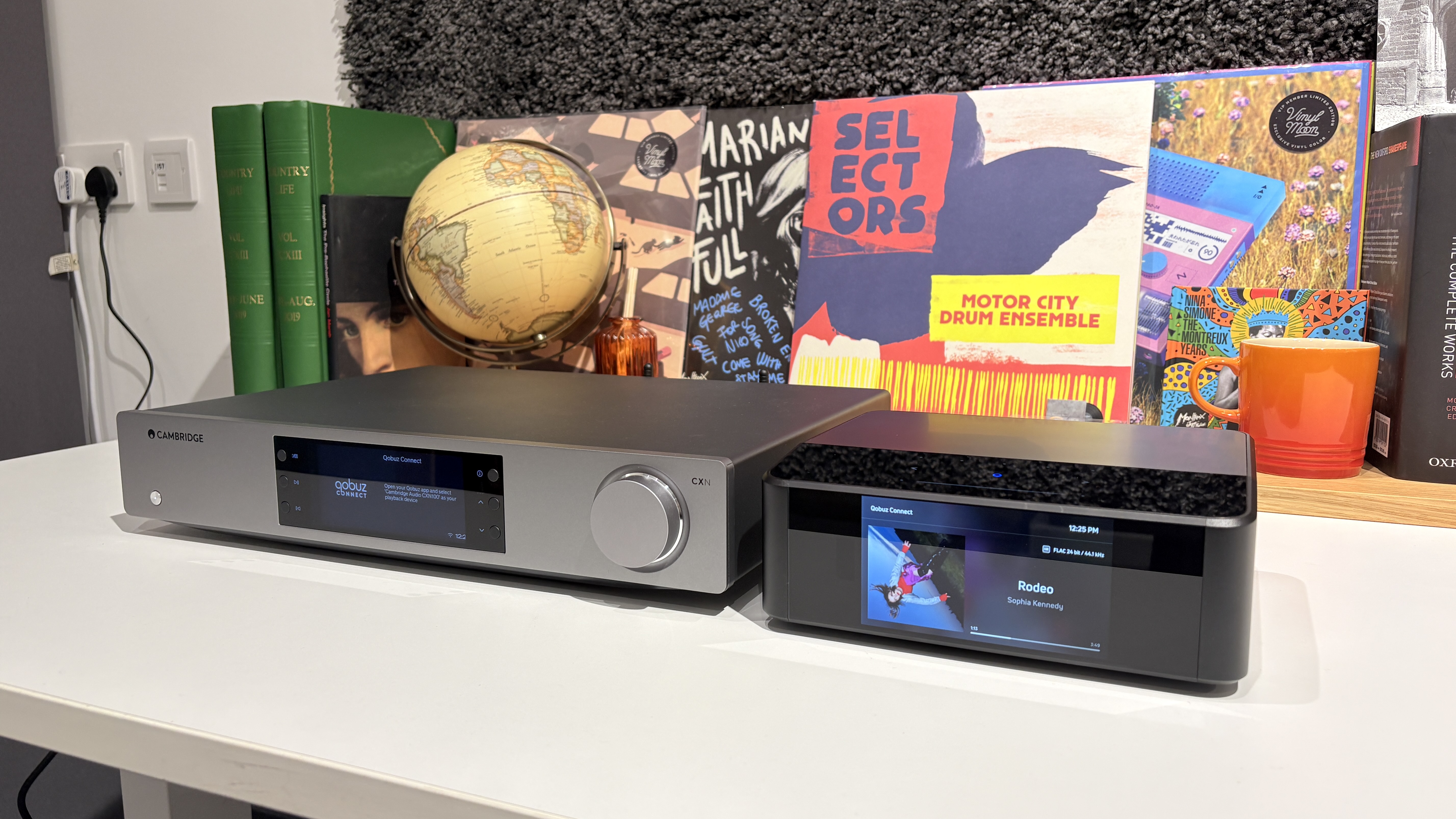
Music streamers nowadays tend to go one of two ways when it comes to design; they are either compact, discreet boxes, with control and aesthetics largely the domain of the companion app, or they somewhat complement the app design by also leaning into physical tactility.
The Bluesound belongs to the latter category. The Node Icon is a taller, boxier unit than its ‘modem’-like siblings, though it’s still fairly compact, its 22cm width conforming to ‘half-width’ dimensions.
It’s modern-looking, too. The anodised-aluminium metal casing and shiny glass top feel, to quote our Node Icon review, “sturdy and substantial”, while the five-inch colour display and touch-capacitative controls are lovely, colourful and responsive.
Our reviewers particularly like how you can appoint five presets, allowing access to your favourite playlist or radio station with a single tap of an illuminated ‘dot’. We aren’t as taken with the fact that a clock interface shows when the unit is on standby or when the music is paused, but Bluesound says the decision was partly taken to reduce screen burn-in, and it’s a small niggle in the grand scheme of things.
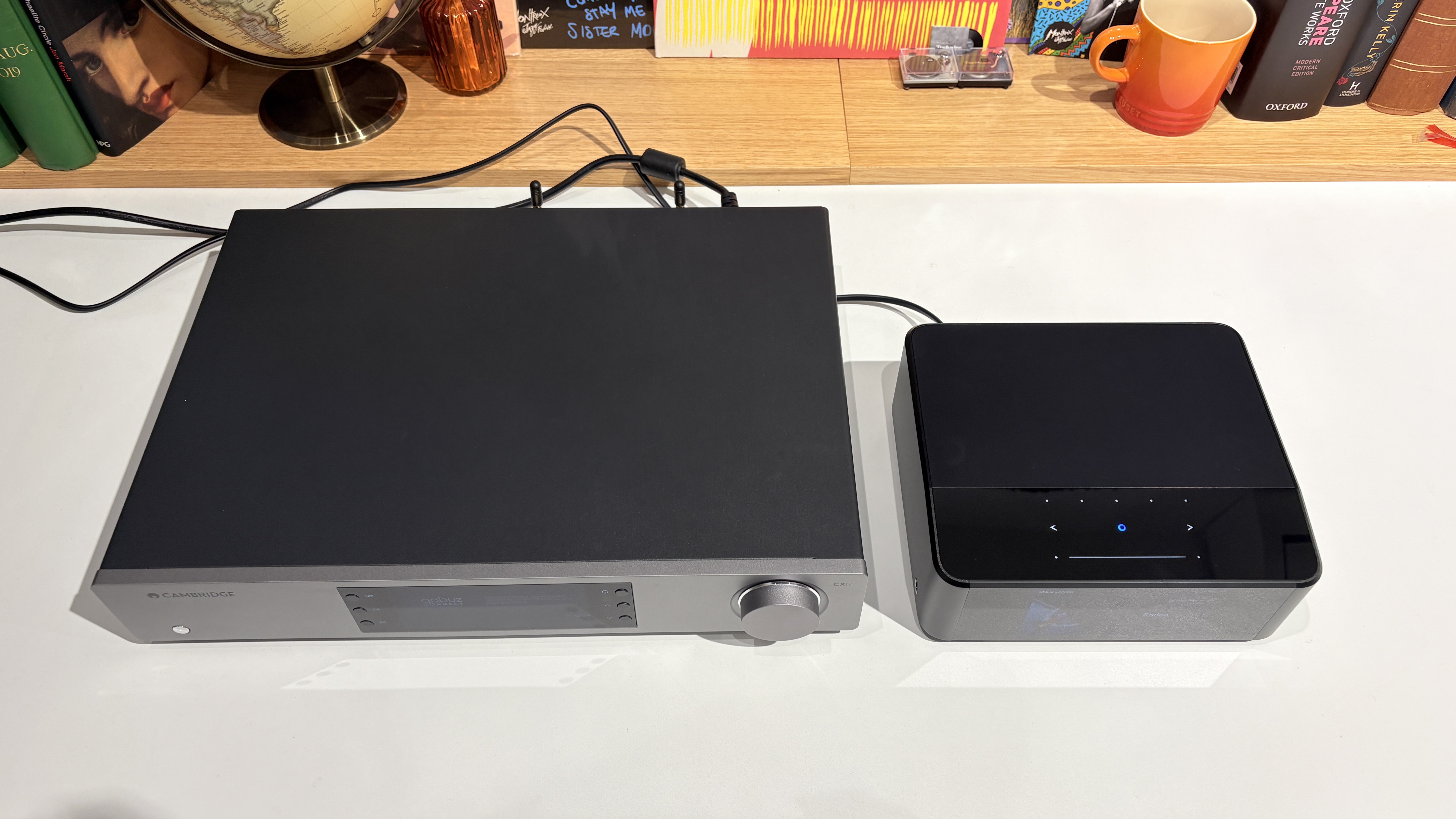
The Cambridge Audio CXN100 is, in contrast, a more ‘hi-fi-looking’ full-width design that doesn’t invite as much physical interaction with the unit. Its sleek, metal chassis – almost identical to the company’s previous-gen CXN V2 – is elegant, and the 4.8-inch display is pleasingly crisp and colourful. There are simple playback/menu navigation buttons on either side of it, but we can’t imagine them being used on many occasions.
We believe both designs, while very different, have their place in the streamer market, and which you prefer will come down to personal preference and, most likely, the size and colour of your other system components.
Neither machine comes with a remote control, though you can buy one separately for the CXN100 or use the same remote you get with the company’s CX amplifiers or CXC transport.
Indeed, the main means of control for both units is the companion app, and both Bluesound’s BluOS and Cambridge Audio’s StreamMagic apps are good and evidence of the brands’ long-held expertise in the field.
**Winner: Draw**
Sound quality
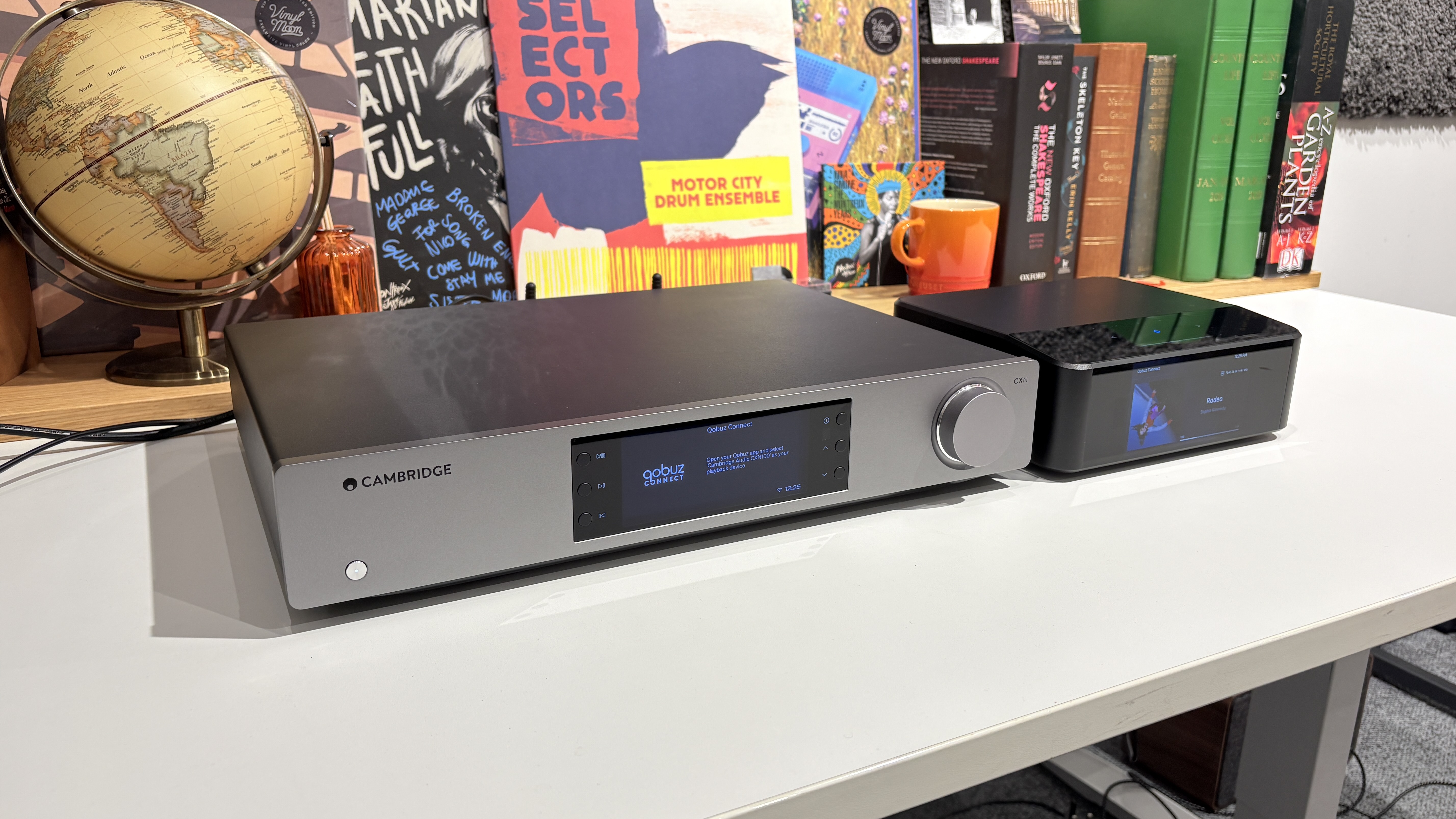
The app doesn’t fall far from the tree where the streamers’ sound quality is concerned either. Bluesound and Cambridge both have a pedigree in the field, and their premium offerings here are testaments to that.
The most recent Bluesound products we have reviewed prior to the Node Icon have been capable and competent, but we felt that they were missing some kind of spark – the spark that Bluesound products of old had in spades.
Thankfully, this spark has returned in the flagship, making for, to quote our review, “a lively, engaging and dynamic performer that grabs our interest at the beginning and only continues to impress us the more we listen.”
There’s detail and clarity aplenty, and every part of the frequency range is delivered faithfully, without any embellishment. The similarly competent headphone amplifier performance really gives that bonus feature significant value, too.
The Node Icon’s lithe and musically engaging nature is satisfyingly consistent across the inputs (just expect the usual dip in power, punch and detail with Bluetooth playback), and ultimately is what gets one over on the Cambridge Audio rival. “We find ourselves willing the leaner Cambridge streamer to sound that bit more propulsive and more dynamically adept with the same songs during our comparison testing,” reads our Bluesound Node Icon review.
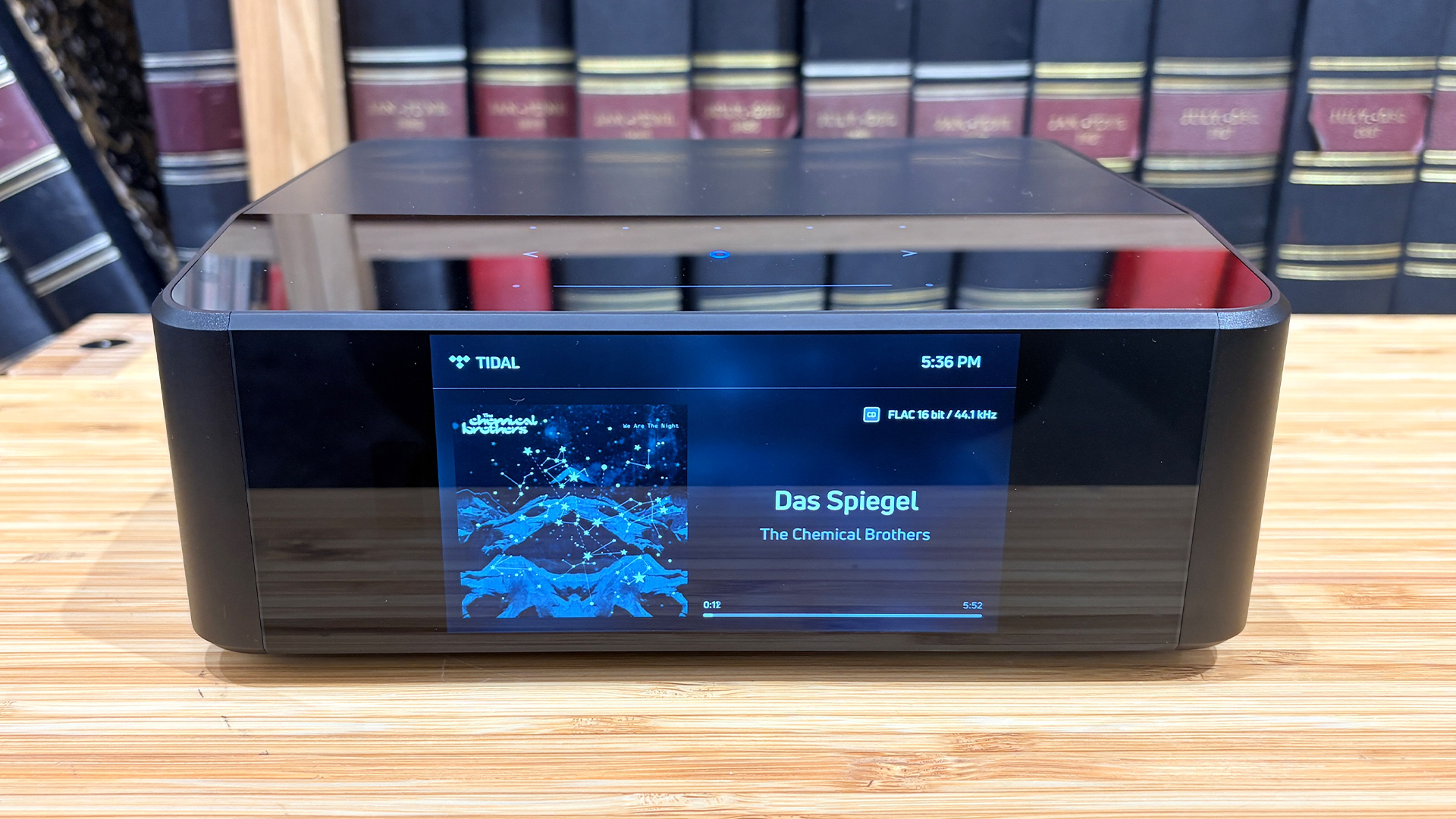
The CXN100 is no musical slouch, you understand – just not quite as propulsive or dynamically expressive as the Bluesound. It offers a bigger, more spacious soundstage than the Node Icon, and delivers in every other sonic respect, making it a proud silver medalist.
It’s wonderfully clear and articulate, sparklingly precise, and consistent regardless of the input or streaming method used. And its refinement spells good news for fans of heavier music genres and/or loud volume levels. “We don’t get to say this very often, but the CXN100 sounds great with heavy metal tracks, with a top end that strikes the right balance between smoothness and bite,” reads our Cambridge Audio CXN100 review.
Owners of its predecessor who may be looking to upgrade should know, however, that the CXN V2 is richer and warmer in character than the faster, cleaner CXN100, and perhaps slightly more natural in the way it delivers voices as a result – but it certainly isn’t as sophisticated when it comes to clarity, precision and spaciousness.
Both streamers show how far music streamer performance has come in recent years, and have the all-round talents deserving of their five-star verdicts – the arrival of the slightly more musically gifted Bluesound doesn’t change that for the Cambridge Audio.
**Winner: Bluesound Node Icon**
Verdict
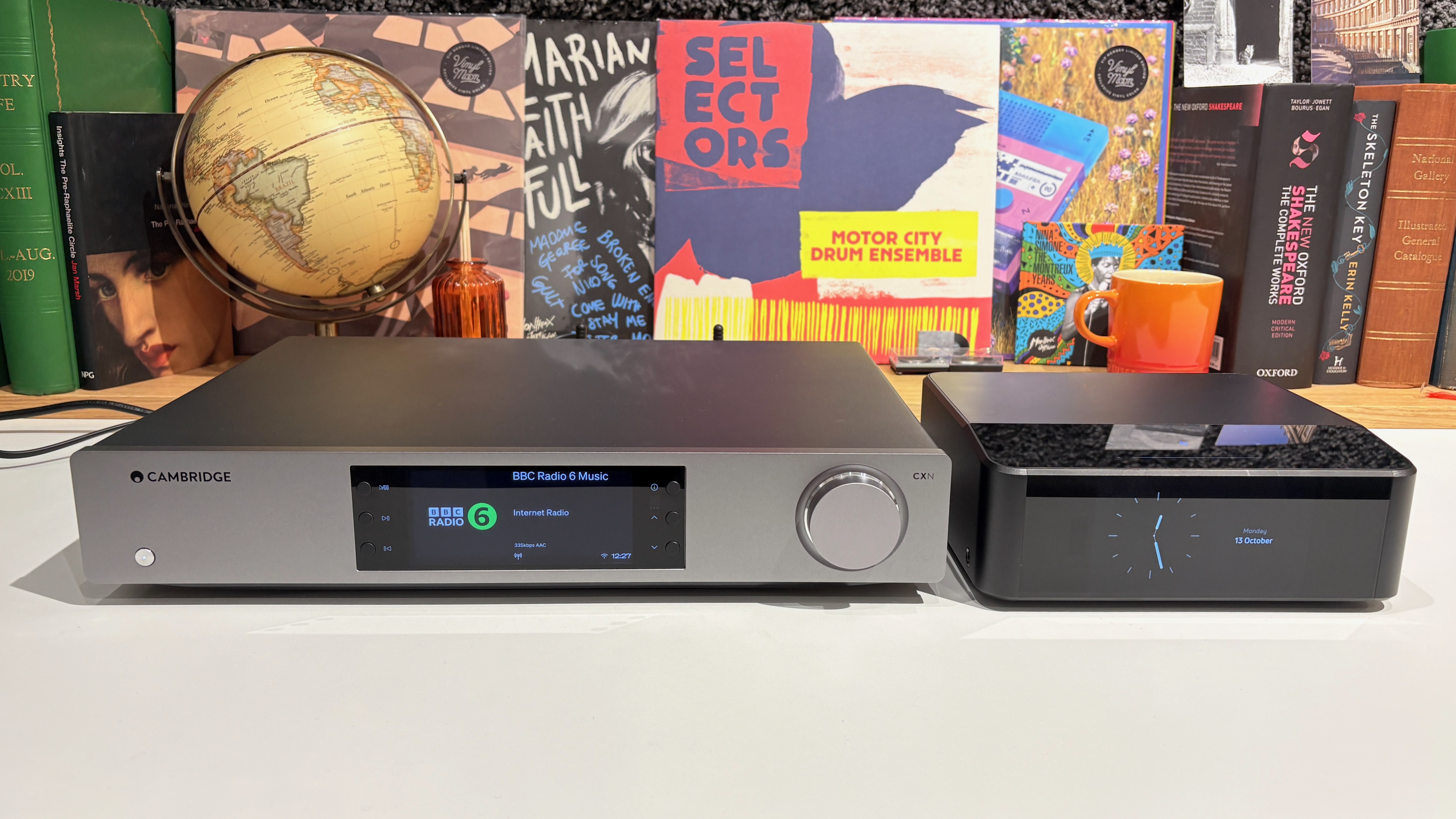
It’s a closely fought battle, but ultimately one that sees Bluesound sticking its flag in the ground. The Node Icon’s more musically convincing manner edges things in the sound department, and its more generous physical connectivity should particularly appeal to those who want to integrate a streamer into a TV-inclusive setup.
Indeed, Bluesound’s ambition to extend further up the music-streamer chain than before has paid off for both it and streaming-savvy consumers.
Bluesound and Cambridge Audio are arguably the best brands in the music streamer business before you get to pricier offerings from the likes of Cyrus, Naim and Audiolab territory, and we can undoubtedly look forward to many more battles between them in future.
**Overall winner: Bluesound Node Icon**
MORE:
Our expert picks of the best music streamers you can buy in 2025
See our newly crowned What Hi-Fi? Award 2025 winners
The perfect hi-fi streamer exists only in our imagination – here’s how it looks
How to add a music streamer to your hi-fi system

Becky is a hi-fi, AV and technology journalist, formerly the Managing Editor at What Hi-Fi? and Editor of Australian Hi-Fi and Audio Esoterica magazines. With over twelve years of journalism experience in the hi-fi industry, she has reviewed all manner of audio gear, from budget amplifiers to high-end speakers, and particularly specialises in headphones and head-fi devices.
In her spare time, Becky can often be found running, watching Liverpool FC and horror movies, and hunting for gluten-free cake.
- Kashfia KabirHi-Fi and Audio Editor
You must confirm your public display name before commenting
Please logout and then login again, you will then be prompted to enter your display name.
